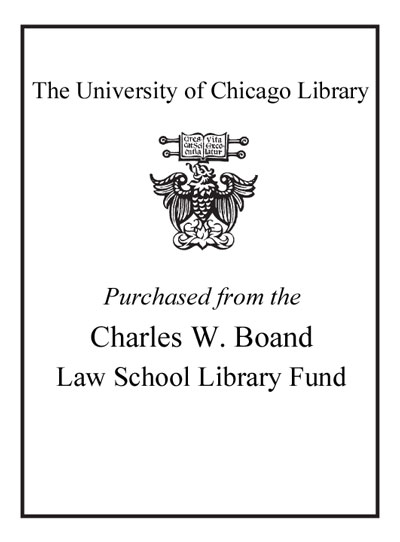Review by Choice Review
US lawyers Eskridge and Spedale make a careful, lawyerly case for homosexual marriage. Their primary evidence comes from Scandinavian countries, which have allowed marriage or marriage-like relations for same-sex couples for more than a decade. The authors consider the critiques of gay marriage, especially from US critics such as Senator Rick Santorum, Judge Robert Bork, and researchers Maggie Gallagher and Stanley Kurtz. Eskridge and Spedale argue that the Scandinavian experience should allay some of the fears of gay marriage that have been expressed in this country. Citing official statistics, they show that same-sex couples have not rushed to marry or make civil unions in those European countries that now allow it. Nor has marriage declined much faster in those countries, where it was already in deep trouble. On the contrary, the authors argue that gay marriage can only help promote the ideal of marriage as a permanent commitment. They promote an incremental and compromising strategy for creating legal same-sex unions in this country. ^BSumming Up: Recommended. Upper-division undergraduates and above. B. Weston Centre College
Copyright American Library Association, used with permission.
Review by Publisher's Weekly Review
This study of same-sex marriage distinguishes itself by avoiding molten rhetoric and grounding its analysis in empirical data from Scandinavia's 16-year history of legal registered partnerships. In clear prose that explains legal minutiae and precedents in lay-reader-friendly terms, the legal scholars apply to the domestic debate the history and statistical evidence of government-sanctioned same-sex marriage in Denmark (since 1989), Norway (since 1993) and Sweden (since 1995). They also offer stories of same-sex couples and a concise history of the movement for same-sex marriage rights internationally. The authors build a convincing case that shoots down spurious interpretations of the Scandinavian data, such as same-sex marriage destroying the institution of marriage and victimizing children. In bringing the issue home, the authors prescribe an incremental process to legalizing same-sex marriage in the United States that involves a "menu approach" where a variety of options are available, including full marriage rights for all. Though the book has its share of dry moments, its reliance on hard data makes it stand out in a crowded field. (May) Copyright 2006 Reed Business Information.
Review by Choice Review
Review by Publisher's Weekly Review

